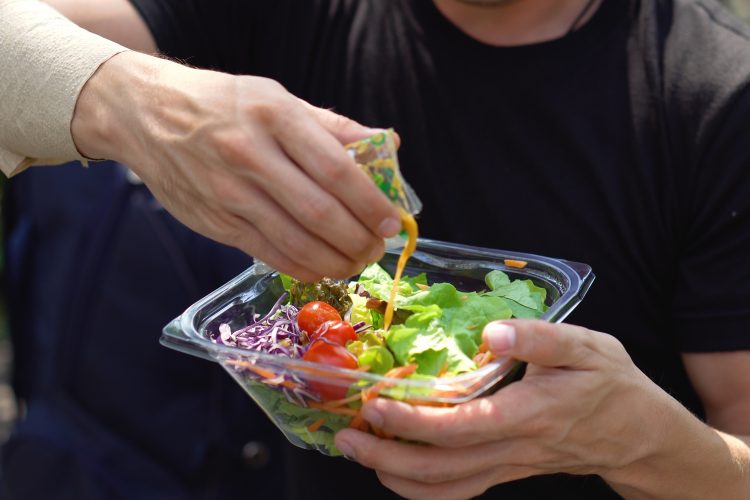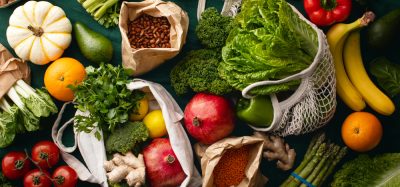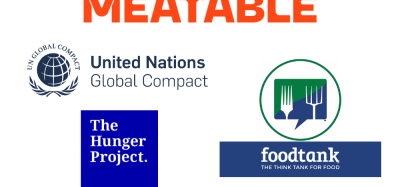Planet-friendly packaging
- Like
- Digg
- Del
- Tumblr
- VKontakte
- Buffer
- Love This
- Odnoklassniki
- Meneame
- Blogger
- Amazon
- Yahoo Mail
- Gmail
- AOL
- Newsvine
- HackerNews
- Evernote
- MySpace
- Mail.ru
- Viadeo
- Line
- Comments
- Yummly
- SMS
- Viber
- Telegram
- Subscribe
- Skype
- Facebook Messenger
- Kakao
- LiveJournal
- Yammer
- Edgar
- Fintel
- Mix
- Instapaper
- Copy Link
Posted: 27 April 2022 | Abi Sritharan (New Food) | No comments yet
A team of researchers seek to create an alternative, greener packaging material that helps certain food and beverages last longer.


Scientists are researching ways to make packaging materials with a biologically-derived polymer that helps salad dressings, marinades, beverages and more, last longer in the fridge, whilst limiting plastic waste.
The team from Cornell University grafted a corn-derived polylactic acid polymer with the antioxidant nitrilotriacetic acid to use it in food packaging, and then determined the material’s ‘interfacial pKa’, which tells you at which pH the foods in this packaging might work to keep from spoiling.
“Active packaging gives us a new way to prolong shelf life despite consumer demands for cleaner labels,” said Ian Kay, a doctoral student in food science. “But it’s tricky. Foods and beverages have varying and complex composition, so we need to know a lot about the chemistry of the food and the active packaging to figure out which system works for which foods.”
In 2018, the US produced 68.13 million tons of food waste and 35.68 million tons of plastic waste, according to the Environmental Protection Agency. Combined food and plastic amounted to 42 percent of all landfilled municipal solid waste, which contributed significantly to methane and carbon dioxide emissions, the report by Cornell University added. To prevent this happening, the research team hopes to create a packaging material better for the planet.
“As a food scientist, I’m excited about new ways to reduce food and packaging waste,” said Julie Goddard, Professor of Food Science in the College of Agriculture and Life Sciences at the university. “I’m not anti-preservatives as a whole, we need to remember things we use in the kitchen like heat, salt and lemon juice are important ingredients in food preservation. So, if we take preservative out of our food, at the same time, we need to think about the environmental impact if food spoils faster. Using a greener active packaging technique, we can extend shelf life while moving closer to a circular plastic economy.”
#sustainable food preservation: Food scientists in @Prof_JMGoddard's lab have developed active packaging materials with a biologically-derived polymer that helps some foods last longer in the fridge. #foodscience #NIFAImpacts @Hershkohttps://t.co/zPAGZ3bQXO pic.twitter.com/9nh6KQvJ9f
— Cornell CALS (@CornellCALS) April 18, 2022
Professor Goddard added that this is “an opportunity to show how this new preservation technology can work, and to address the larger environmental picture of reducing what goes to landfill”.
“We want to reduce food waste and bring along bioderived materials to do that,” she said.
The team’s research is published in the journal Food Packaging and Shelf Life.
Related topics
Beverages, Food Waste, Lab techniques, Packaging & Labelling, Research & development, Shelf life, Sustainability, Technology & Innovation









